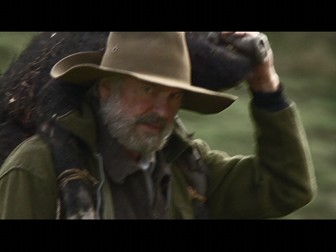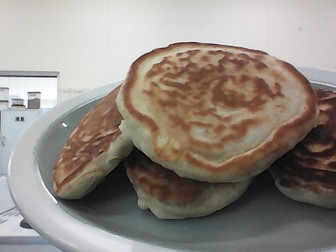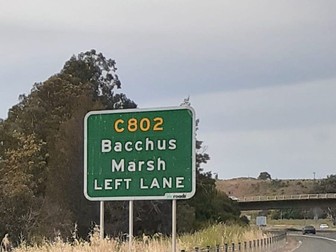Hunt For The Wilderpeople; paragraph lesson
<p>This is a worksheet for paragraphing about costume creating character. It can be done any time after the first 10 minutes of viewing <em>Hunt For The Wilderpeople</em>.</p>
<p>There are three levels of difficulty included - you will need to select the appropriate level/s for your students. I made them for a composite 7/8/9 class.</p>
<p>Each level demonstrates that each paragraph has a topic sentence - addressing character and costume in this case, an explanation, example. Each type of sentence is colour coded.</p>
<p>The Year 8 and 9 level include a linking sentence linking back to the question.</p>
<p>Each level of difficulty has examples and scaffolding for students to write their own paragraphs.</p>


